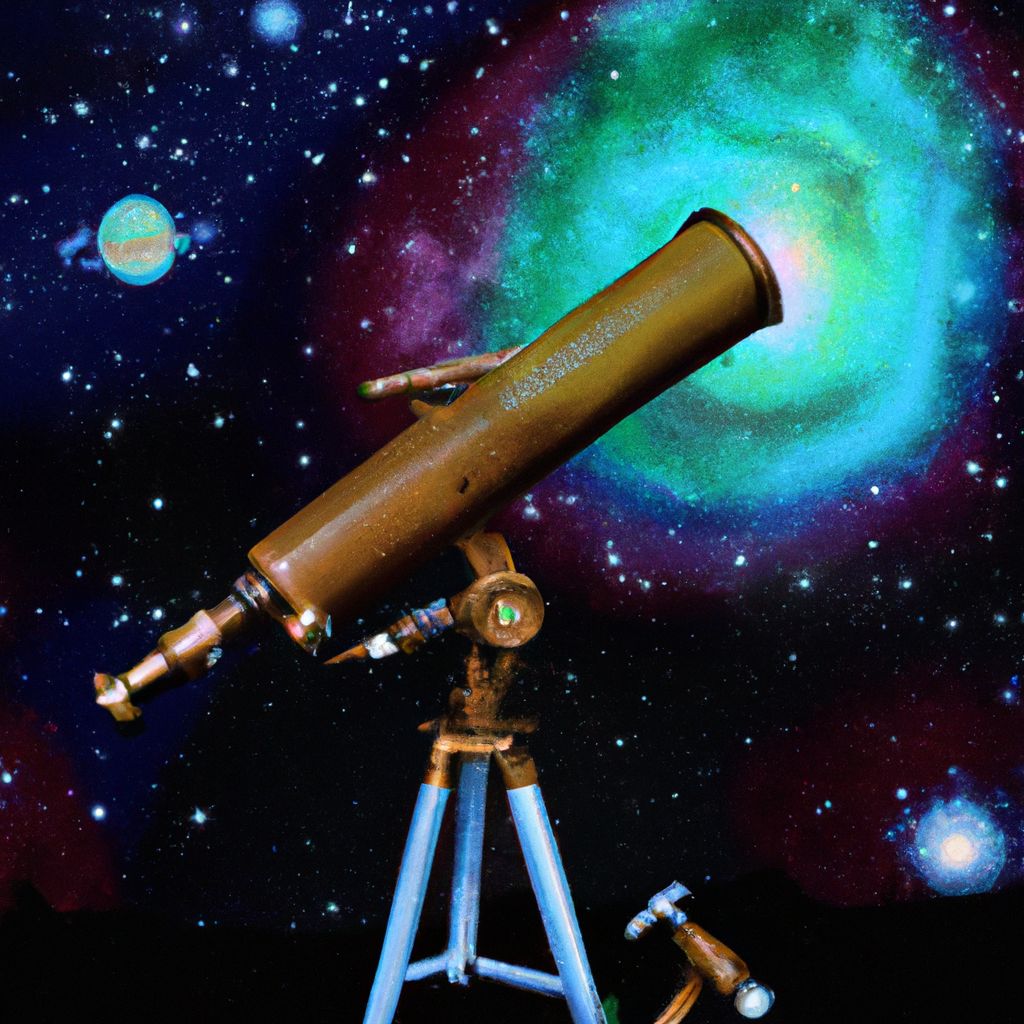- Introduction to Stargazing
- Understanding Telescopes
- Best Telescopes for Beginners
- Best Telescopes for Intermediate Stargazers
- Best Telescopes for Advanced Stargazers
- Tips for Stargazing
- Conclusion
Introduction to Stargazing
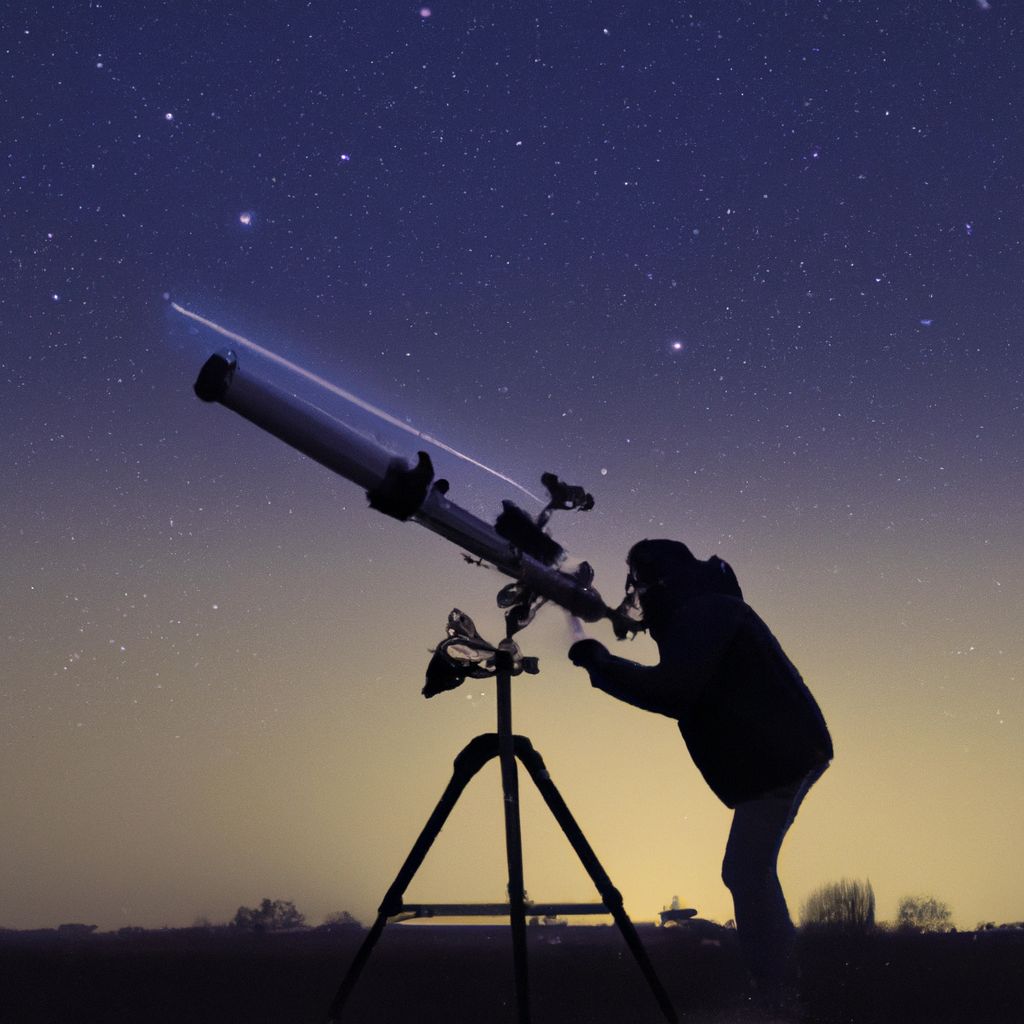
Stargazing is an awe-inspiring journey that takes you beyond the confines of our planet and into the cosmic realm of stars, galaxies, and nebulae. This timeless pastime, first practiced by our ancestors, offers a window into the vast and beautiful mysteries of the universe. Whether you're captivated by the twinkling constellations or the glowing bands of the Milky Way, stargazing can be a deeply rewarding experience, both scientifically and spiritually.
Engaging in this hobby not only satisfies our innate curiosity about the cosmos but also brings forth numerous benefits. For one, stargazing is an exercise in patience. The celestial bodies do not move on our time, but on cosmic time. Waiting for specific events, like meteor showers or planetary alignments, teaches us to slow down and appreciate the moment.
Moreover, understanding the scale of the cosmos provides a unique perspective that can be both humbling and enlightening. It reminds us of our place in the universe, fostering a sense of respect and wonder for the natural world. Lastly, stargazing nurtures a love for science and astronomy. As you delve deeper into this hobby, you'll find yourself learning about celestial mechanics, light pollution, and even astrophotography.
However, to truly enhance your stargazing experience, a good quality telescope is indispensable. In this article, we will guide you through the top telescopes for stargazing, backed by expert recommendations and user reviews.
Understanding Telescopes
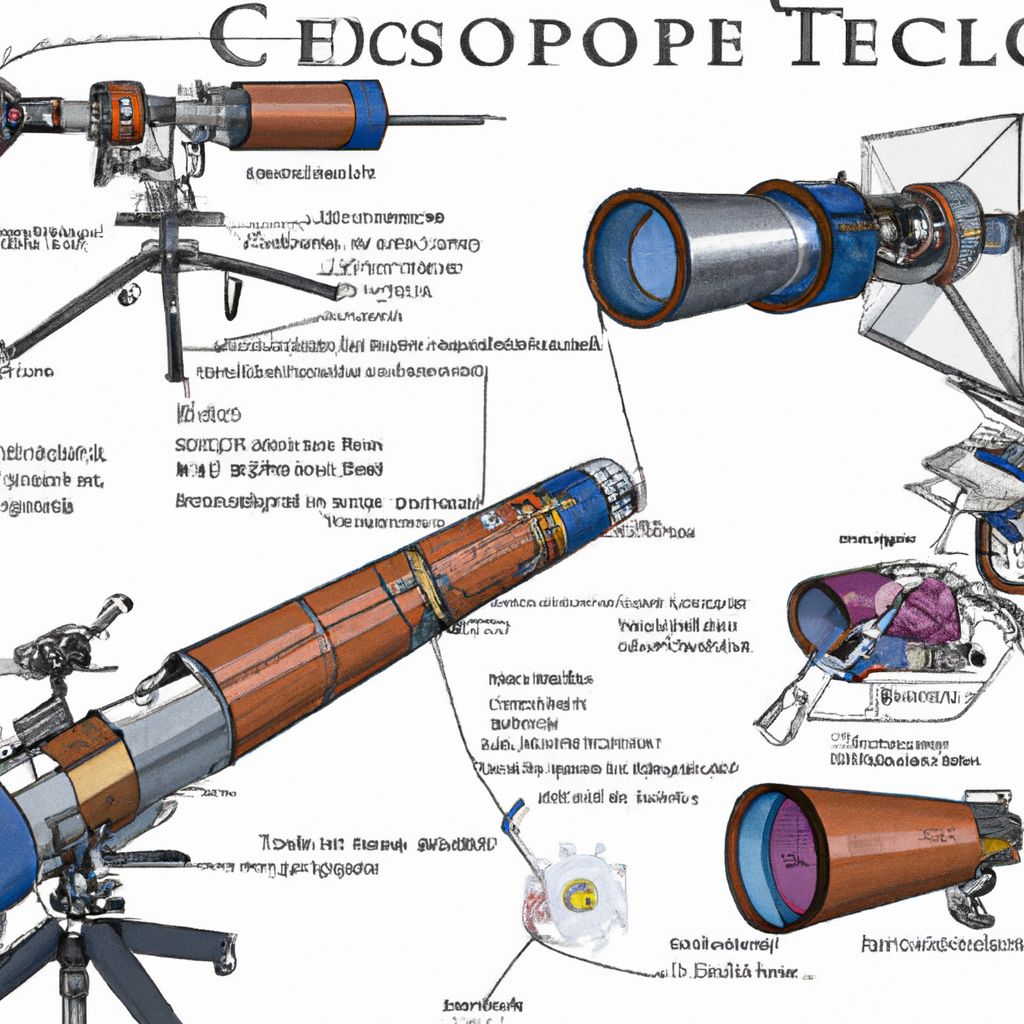
A telescope is an optical instrument designed to make distant objects appear closer and clearer, making it an essential tool for any stargazer. It works by gathering light from a large area and focusing that light into a small point to create a bright, clear image.
There are three main types of telescopes: Refractor, Reflector, and Compound (or Catadioptric). Each type has its strengths and weaknesses and is suited to different kinds of astronomical viewing.
- Refractor telescopes use a lens to gather and focus light. They offer sharp, high-contrast images and require little maintenance. However, larger refractors can be quite expensive and heavy.
- Reflector telescopes use mirrors instead of lenses. They are generally more affordable and can provide detailed views of faint, deep-sky objects. On the downside, the mirrors may require occasional alignment (collimation).
- Compound telescopes, also known as catadioptric or Cassegrain telescopes, use a combination of lenses and mirrors. They are versatile, portable, and great for viewing both celestial and terrestrial objects. However, they tend to be more expensive than reflectors of the same aperture.
When buying a telescope, several features need to be considered:
- Aperture: This is the diameter of the lens or mirror that gathers light. A larger aperture collects more light and allows you to see fainter objects and finer details.
- Focal Length: This is the distance between the telescope's lens or mirror and the point where the light rays come together. A longer focal length provides greater magnification but a narrower field of view.
- Mount Type: A mount supports the telescope and allows you to track objects across the sky. There are two main types: altazimuth (up-down, left-right) and equatorial (aligns with Earth's rotation).
Understanding these basic concepts can go a long way in helping you choose the best telescope for your stargazing needs.
Best Telescopes for Beginners

Choosing the right telescope can make a world of difference for beginners. Here are some of the top-rated telescopes for beginners, selected for their ease of use, affordability, and features:
- Celestron NexStar 130SLT: This reflector telescope is an excellent choice for beginners. It features a large 130mm aperture, computerized "GoTo" tracking, and a database of over 4,000 celestial objects.
- Orion StarBlast II 4.5 Equatorial Reflector: This telescope offers a good balance of portability and power. It has a 4.5-inch aperture and an equatorial mount for easy tracking of celestial objects.
- Celestron AstroMaster 70AZ: This refractor telescope is lightweight, easy to set up, and comes with two eyepieces for different magnifications. It's great for viewing the Moon, planets, and brighter deep-sky objects.
- Meade Instruments Infinity 102AZ: A refractor telescope with a large 102mm aperture, it offers sharp views of celestial and terrestrial objects. The telescope includes an altazimuth mount and three eyepieces.
Remember, the best telescope for you depends on your individual needs and interests. Take time to research and compare before making a purchase.
Best Telescopes for Intermediate Stargazers
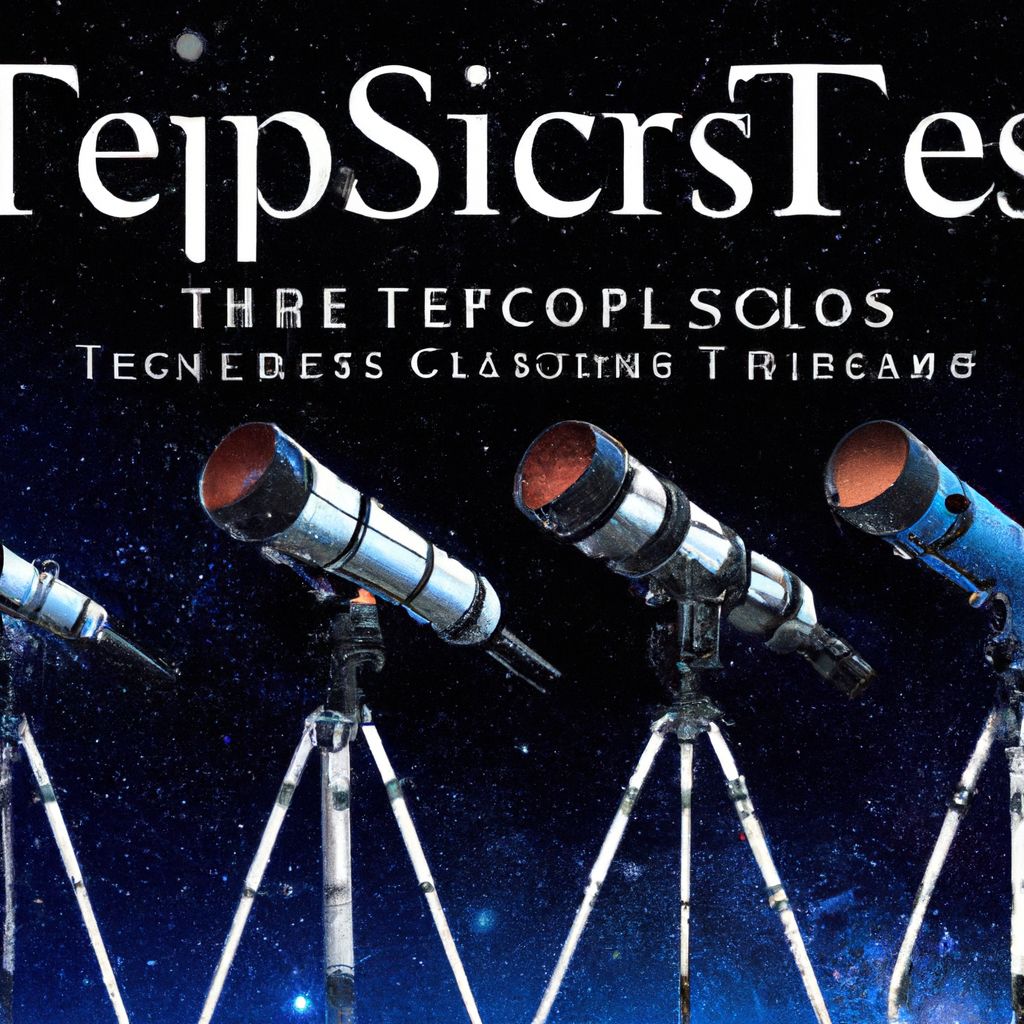
For stargazers who have moved beyond the basics and are ready for a more advanced telescope, here are some top recommendations:
- Celestron NexStar 8 SE: This compound telescope features an impressive 8-inch aperture and a computerized "GoTo" mount with a database of over 40,000 celestial objects. It also has a portable design and advanced optics, making it ideal for intermediate stargazers.
- Orion SkyQuest XT8i IntelliScope Dobsonian: This reflector telescope boasts a large 8-inch aperture and a Dobsonian base with "IntelliScope" object location technology. It offers bright, clear views of deep-sky objects.
- Sky-Watcher ProED 120mm Doublet APO Refractor: This refractor telescope provides exceptionally clear and sharp images thanks to its doublet apochromatic (APO) lens. It's great for both astrophotography and visual observation.
- Meade LX90-ACF 8" Advanced Coma-Free Telescope: This compound telescope features Advanced Coma-Free (ACF) optics for pinpoint star images, a large 8-inch aperture, and a GPS-enabled "GoTo" mount.
These telescopes offer advanced features such as larger apertures, higher quality optics, and computerized tracking systems. They provide the opportunity for intermediate stargazers to observe fainter objects and delve into astrophotography if they wish.
Best Telescopes for Advanced Stargazers
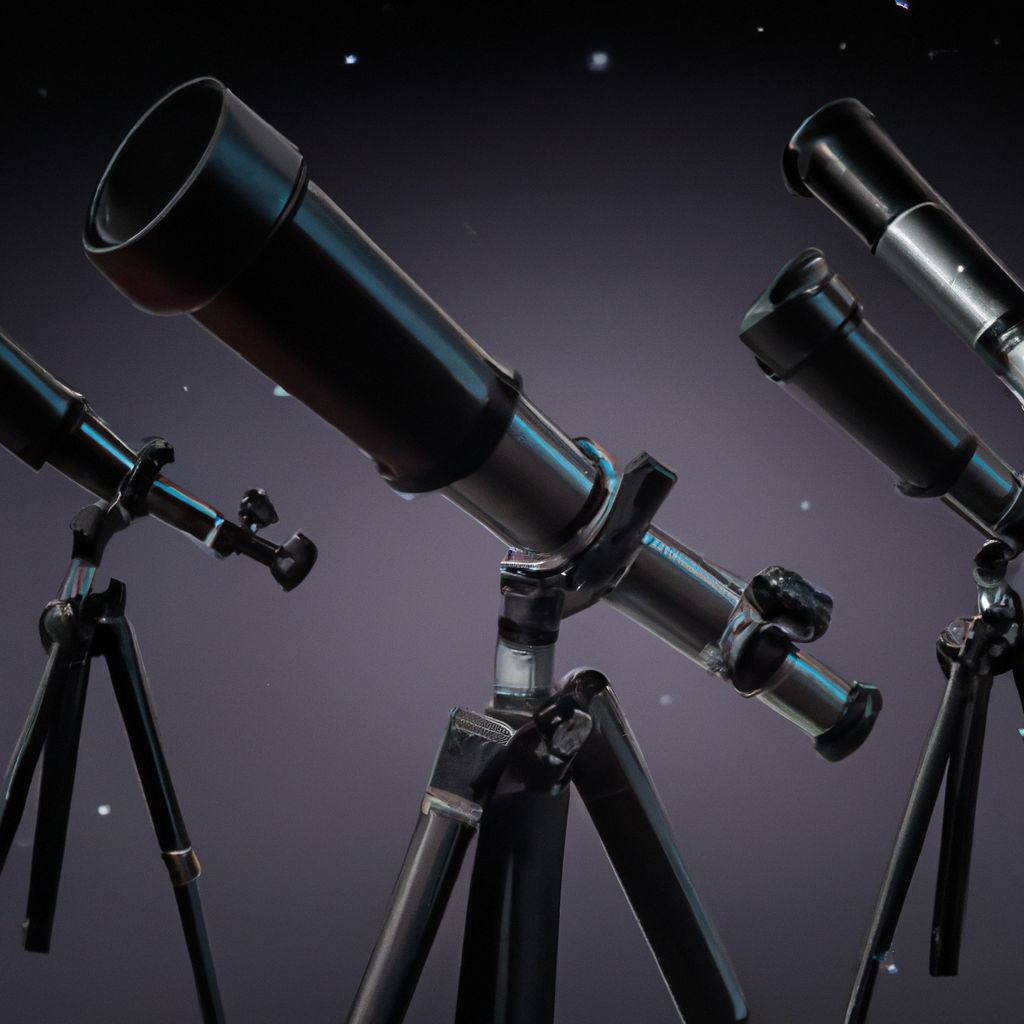
For stargazers who are serious about their hobby or even considering a professional career in astronomy, the following high-end telescopes come highly recommended:
- Celestron CPC 1100 StarBright XLT GPS Schmidt-Cassegrain 2800mm Telescope: This compound telescope features a massive 11-inch aperture, GPS alignment, and high-quality StarBright XLT coatings. It's perfect for advanced stargazers who demand the best performance.
- Orion Atlas 10 EQ-G GoTo Reflector: This reflector telescope offers a large 10-inch aperture and a computerized GoTo mount that can locate and track over 42,000 celestial objects. It's a great choice for deep-sky observation and astrophotography.
- Meade LX200-ACF 12" Advanced Coma-Free Telescope: This compound telescope features a massive 12-inch aperture, Advanced Coma-Free (ACF) optics for sharp images, and a heavy-duty fork mount with high-precision drive.
- Takahashi FSQ-106EDX4 Quadruplet Apo Refractor: This refractor telescope provides exceptionally sharp and high-contrast images, making it perfect for serious astrophotography. It features a quadruplet apochromatic lens and a wide, flat field of view.
These high-end telescopes offer superior optics, larger apertures, and precision tracking systems. They are built for serious stargazers who demand the best performance and are willing to invest in their passion.
Tips for Stargazing

Stargazing is a rewarding hobby, but it can be challenging for beginners. Here are some tips to enhance your stargazing experience:
- Find a Dark Location: Light pollution can significantly hinder your ability to see faint celestial objects. Try to find a dark location away from city lights. Websites like Dark Site Finder can help you locate dark skies near you.
- Choose the Right Time: The best time for stargazing is on a clear, moonless night. The Moon's brightness can wash out faint stars and galaxies. Also, certain celestial events like meteor showers and eclipses occur at specific times of the year.
- Learn to Use a Star Map: A star map, or planisphere, can help you identify constellations and stars. There are also numerous stargazing apps available that can guide you around the night sky.
- Take Care of Your Telescope: Keep your telescope lenses or mirrors clean and dust-free. Always cover your telescope when not in use and store it in a dry, temperature-controlled environment. Regularly check and adjust the alignment of your telescope's optics for the best view.
- Join a Astronomy Club: Participating in a local astronomy club or group can provide valuable advice and support. It's a great way to learn from more experienced stargazers and make new friends who share your interests.
Remember, stargazing is a hobby that requires patience and practice. Don't get discouraged if you can't find certain objects right away. With time, you'll become more familiar with the night sky and be able to navigate it with ease.
Conclusion
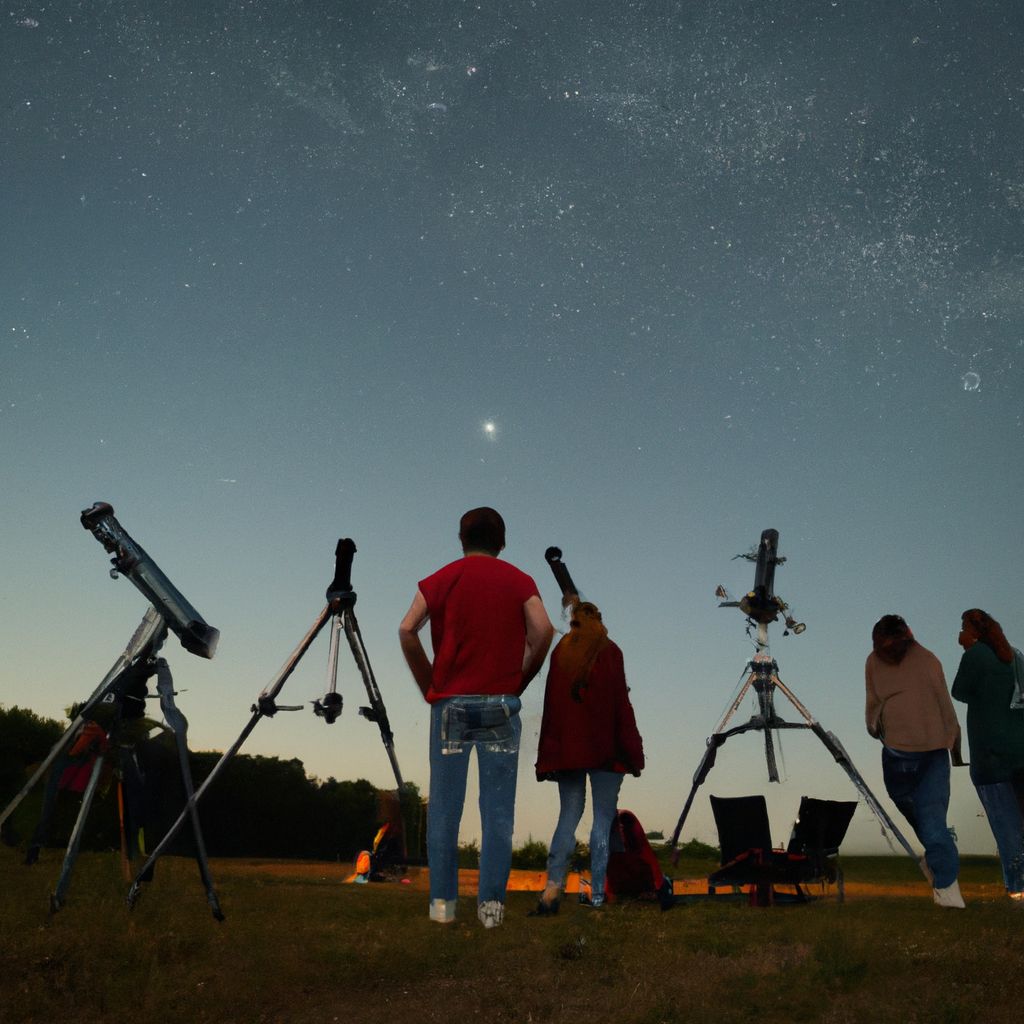
In conclusion, the cosmos is a vast and wondrous place, waiting to be explored. The beauty of stargazing is that it invites us to look up and ponder the mysteries of the universe. Whether you're a beginner just starting out, an intermediate stargazer ready to delve deeper, or an advanced observer with a passion for the night sky, there's a perfect telescope out there for you.
Remember, the best telescope is the one you will use regularly and enjoy. You don't have to break the bank to start stargazing; even a modest telescope can provide amazing views of the moon, stars, and planets. As you gain more experience and knowledge, you can gradually upgrade to a more advanced model.
So, why wait? Embark on your celestial journey today. The stars are waiting!


